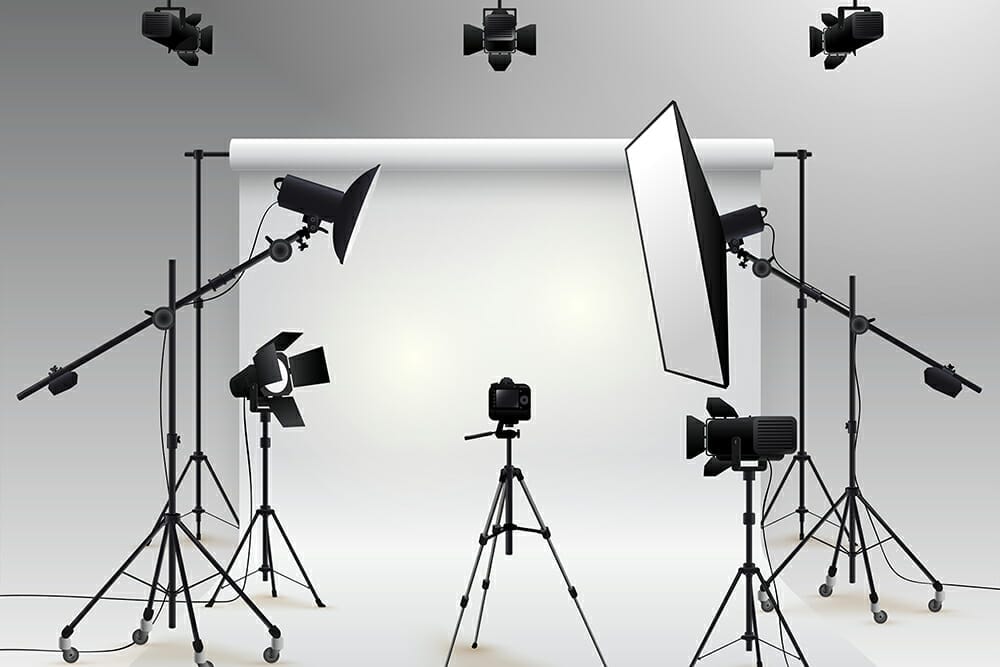How to Set Up Lighting for Clothing Photography Effectively?
As a professional photographer, understanding how to set up lighting for clothing photography is crucial for capturing the essence of fashion and textiles. Photography is more than just a hobby; it is an art form that requires a fine blend of technical skill and creative vision. This article will shed light on various lighting techniques, equipment, and tips that will help you master this area of photography.
With clothing photography, your objective is to highlight details, textures, and forms. The right lighting can make a stark difference in achieving that. This comprehensive guide will discuss everything you need to know about effectively setting up lighting for clothing photography.

Understanding the Importance of Lighting
Lighting can dramatically impact the mood, tone, and clarity of your photos. A poorly lit image can result in shadows that hide detailed textures or cause colors to appear less vibrant than they really are. To effectively learn how to set up lighting for clothing photography, consider the following key points:
- Natural Light vs. Artificial Light
- Key Lighting Techniques
- Light Modification Techniques
- Creativity with Shadows
Natural Light: A Photographer's Best Friend
Many photographers claim that natural light is one of the best sources for clothing photography. It provides a dynamic and soft quality that enhances the overall looks and colors of the fabrics. Here are some tips when using natural light:
- Time of Day: Early morning or late afternoon provides the best light. Avoid direct noon sun which can wash out colors.
- Location: Choose a location with ample daylight. Large windows and soft diffusers can help enhance the light quality.
Artificial Light: Set Your Studio Up Right
If you're shooting indoors or during low-light conditions, using artificial lighting becomes essential. Heres how:
- Select the right lighting equipment. Options include softboxes, ring lights, and LED panels.
- Experiment with angles. Try placing lights at 45-degree angles to eliminate harsh shadows.

Setting Up Lighting for Different Clothing Textures
Different clothing types require different lighting setups. Bringing out the beauty of fabrics requires particular attention to light quality and direction. For example:
Glossy Fabrics
Use soft lights to minimize glare. A light diffuser can help soften harsh transitions.
Textured Fabrics
Hard lights can help to bring out the textures. Placing lights closer can emphasize patterns.

Light Modifications
Light modifiers are crucial in shaping and controlling your light. They can soften or harden a light source, which helps in achieving various moods. Here are some common modifications:
- Softboxes: These diffuse light and reduce shadows.
- Reflectors: Use these to bounce light back onto the fabric.
- Grids: Control the light spread and keep it focused on the clothing item.

Advanced Techniques for Clothing Photography
Once youre comfortable with the basics, try experimenting with advanced techniques:
- Backlighting: This can create a silhouette, providing a dramatic and artistic flair.
- Rim Lighting: Highlights the edges of the clothing, providing depth.
Final Setup and Testing
Before you start shooting, its crucial to test your lighting setup. Take a few test shots, review them, and make tweaks where necessary. Look for proper exposure, highlights, and shadows. Always remember to adjust your camera settings accordingly.
FAQs
1. What is the best lighting for clothing photography?
The best lighting depends on the type of clothing being photographed, but generally, a combination of soft and hard lighting techniques provides a good balance.
2. Can I use natural light indoors for clothing photography?
Absolutely! Utilize large windows and reflectors to maximize natural light indoors.
3. How do I eliminate shadows when photographing clothing?
Positioning your lights at various angles and using light modifiers can effectively help in reducing unwanted shadows.
For professional photographers looking to delve deeper into the art of fashion photography, this guide on how to set up lighting for clothing photography serves as a foundational resource. Continuous practice and experimentation will lead you to refine your skills further, enhancing your photography portfolio.
As an Amazon Associate, I earn from qualifying purchases.

